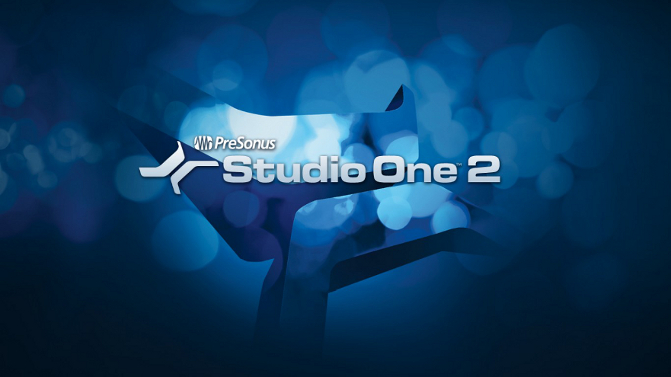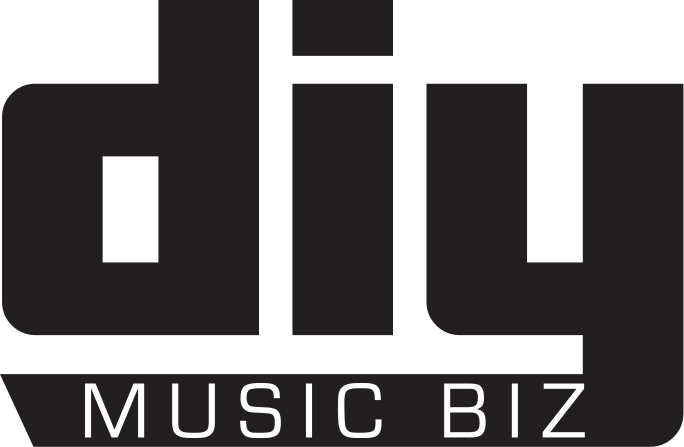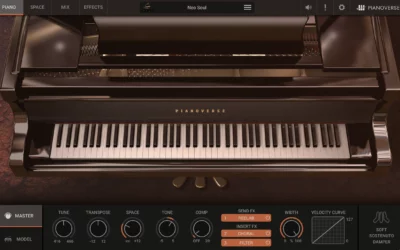Presonus’s Studio One has been my go-to DAW for about two years now. In my digital audio creating career I’ve gone from Cool Edit Pro (that’s right, back in the day), to FL Studio, to Reason, Cubase, Ableton, & Reaper.
All of these have their own special qualities, but when I got to Studio One it just felt right. You know, the kind of program you spend a good period of time learning instead of attempting to wing it leaving many functions shrouded in mystery? Arguably the most important responsibility of the modern DAW is workflow.
Does the software work for you intuitively and enhance the creative process? This is, of course, remains in every sense a subjective question. Different methods require different needs, past experiences interplay with future expectations and that molds our view as musicians and producers of the most ideal workstation.
What I aim to do here is give you an overview of my favorite features that might not be the most well known.
Keeping Track Of Ideas
 One of the coolest features for me is the ability to create ‘musicloops’. This is made possible when for instance, you come up with an idea while working with MIDI. You can create a custom folder in the browser window, then simply drag and drop the MIDI clip from a track.
One of the coolest features for me is the ability to create ‘musicloops’. This is made possible when for instance, you come up with an idea while working with MIDI. You can create a custom folder in the browser window, then simply drag and drop the MIDI clip from a track.
This will bundle a ‘musicloop’ file that is basically a package containing the MIDI clip, a FLAC audio loop, and your MIDI instrument’s information (presets and or settings). This has been invaluable for me since I frequently get new ideas for something else while working.
I can finish a track confident that when I’m done everything has been saved that I need to build upon.
Conceptualizing Projects With Ease
The Project construction window seemed like a fairly simply concept upon first glace. Digging deeper under the surface I discovered that I had never seen something like it before in a DAW.
It compiles all the individual songs for a project onto a timeline in whichever manner I choose. If I make changes to those already compiled songs, the project will ask if I want to update and the new changes are now accounted for.
There’s no need to start from scratch as was my experience up to this point. It also allows a variety of options to choose from for the final render. For example, if I select ‘Digital Release’ I get mp3’s with all my metadata and artwork embedded in a nice neat folder.
If I select ‘Image’ Studio One will create a disc image of my work to the specifications I have set. This creates a seamless mastering process for the DIY musician.
Saving CPU
 The ability to render tracks is not a new concept. We’ve seen this before, but what Studio One does different is that it give you much more flexibility. If I’m running a few plug-ins or VSTi’s I will inevitably need to render to save CPU, and when I do, Studio One creates something of a hybrid track.
The ability to render tracks is not a new concept. We’ve seen this before, but what Studio One does different is that it give you much more flexibility. If I’m running a few plug-ins or VSTi’s I will inevitably need to render to save CPU, and when I do, Studio One creates something of a hybrid track.
If I’m working with MIDI and need to go back for changes I can select ‘Transform to Instrument Track’, confident that all my settings remain. But if I’ve already rendered a MIDI track I can still add effects or processing.
I can even choose to render an audio track with the added effects to save even more CPU.
Finally
Studio One has recently been updated to version 2.6.2 implementing some new features as well as some handy bug fixes. Presonus has proven to be truly dedicated to their users.
From the support forums, to the consistent, yet spaced perfectly enough to not be annoying version updates, they truly stand behind their product.
I’m eagerly anticipating future updates and new developments. I also remain confident Studio One will continue to make it’s mark on the world as a strong Digital Audio Workstation.
Article Written By
Franco Eneiro





